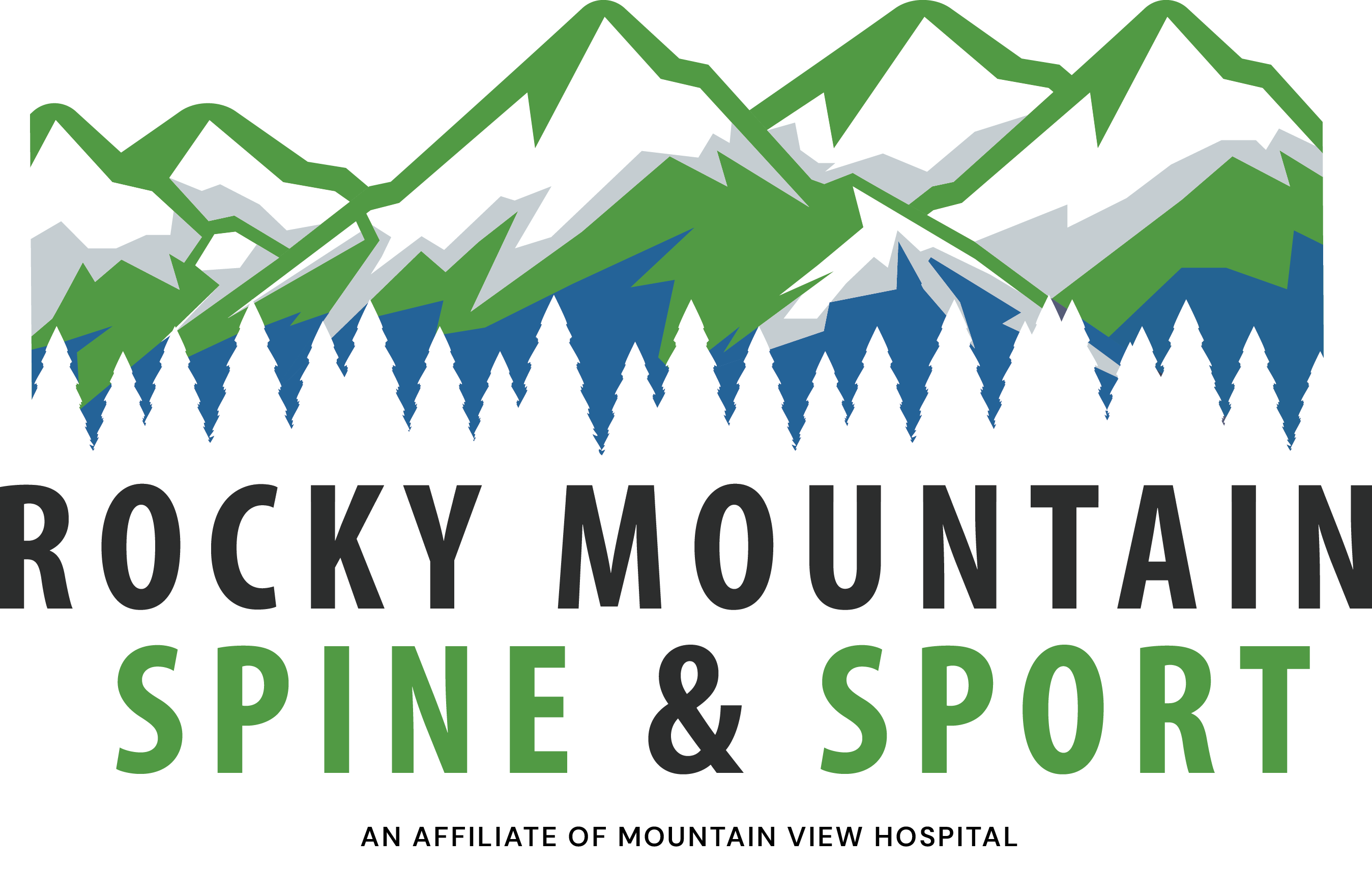Spinal Stenosis
What is Spinal Stenosis?
Spinal Stenosis (pronounced sten-o-sis) is most commonly present in the lower back and neck. Basically, spinal stenosis is when there is an abnormal narrowing of the open space in your spine. This presents added pressure on the nerves and spinal cord itself.
Common Causes of Spinal Stenosis
The most common cause of spinal stenosis is normal wear-and-tear. Symptoms may or may not manifest in a recognizable way. Some symptoms may include pain when standing or overall pain, numbness, or weakness.
Symptoms of Spinal Stenosis
Symptoms of spinal stenosis can be very similar to those that are seen with herniated discs and may include pain, numbness, and weakness within the area of the body where the associated nerves travel. Additionally, weakness may occur in the area where the nerve reaches. Patients dealing with spinal stenosis often complain of increased pain with walking and will often notice that this pain improves as they ascend stairs or if they use a grocery cart while shopping.
Although spinal stenosis is not usually directly associated with pain in the back itself, it is often seen with arthritic changes in the bones of the spinal column that can cause back pain.
Treatment Options
Treatment for spinal stenosis can vary widely depending on each patient’s symptoms and the severity of the stenosis. Treatment may be as simple as starting physical therapy and maintaining a home exercise program. Some people may get a great deal of relief with epidural steroid injections or other similar minimally-invasive procedures that we offer. There are some instances where surgical intervention is needed, but more conservative options should be exhausted prior to undergoing any surgery.
